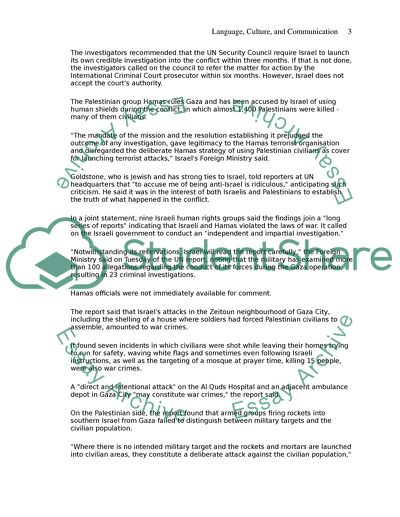Cite this document
(The Media Language of War Article Example | Topics and Well Written Essays - 3250 words - 1, n.d.)
The Media Language of War Article Example | Topics and Well Written Essays - 3250 words - 1. Retrieved from https://studentshare.org/politics/1557831-analysis-on-language-culture-and-communitcation
The Media Language of War Article Example | Topics and Well Written Essays - 3250 words - 1. Retrieved from https://studentshare.org/politics/1557831-analysis-on-language-culture-and-communitcation
(The Media Language of War Article Example | Topics and Well Written Essays - 3250 Words - 1)
The Media Language of War Article Example | Topics and Well Written Essays - 3250 Words - 1. https://studentshare.org/politics/1557831-analysis-on-language-culture-and-communitcation.
The Media Language of War Article Example | Topics and Well Written Essays - 3250 Words - 1. https://studentshare.org/politics/1557831-analysis-on-language-culture-and-communitcation.
“The Media Language of War Article Example | Topics and Well Written Essays - 3250 Words - 1”, n.d. https://studentshare.org/politics/1557831-analysis-on-language-culture-and-communitcation.


